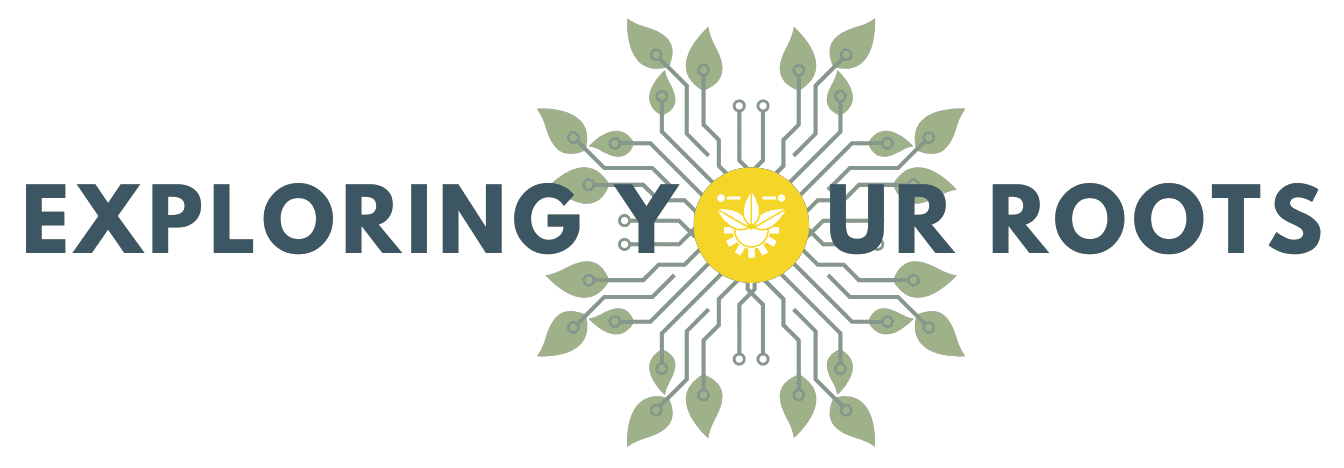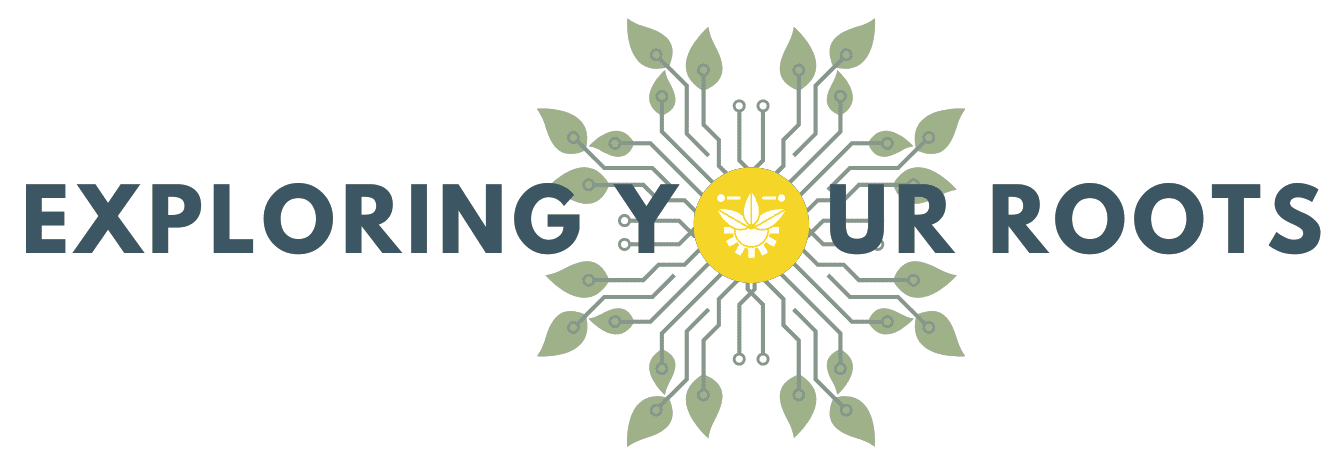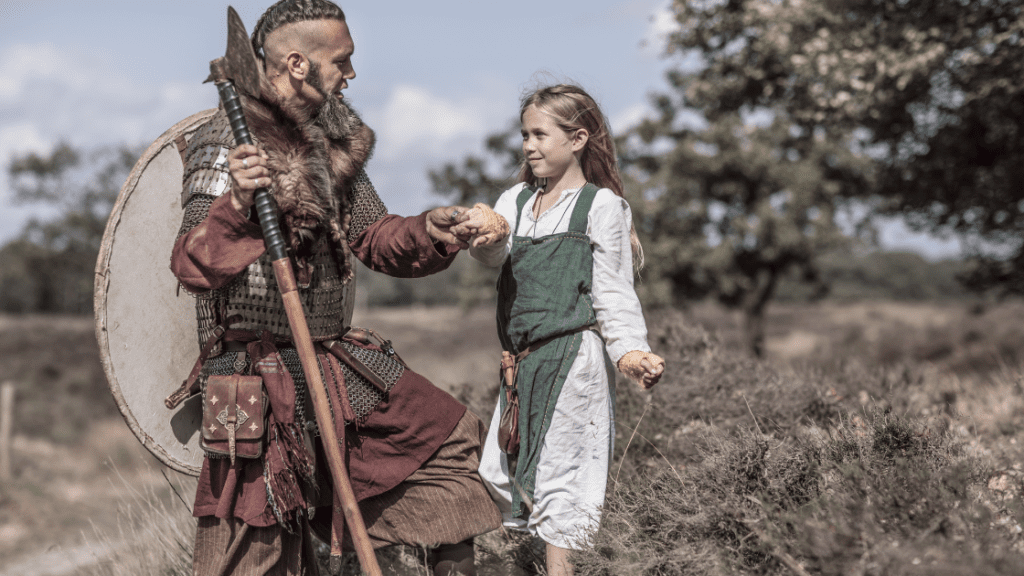Family protection symbols are an age-old way of representing and honoring how important and cherished family is within a social group or culture. While family can be a source of love, support, and security that we all need and deserve, the family unit may also face challenges, threats, conflicts, illnesses, or dangers. How can we protect our families from harm and ensure their well-being? Many cultures incorporate family protection symbols into lore, art, and daily life as a way to remember and embody protection for valuable family connections.
Symbols are powerful tools that can convey meanings, emotions, and intentions beyond words. They can also serve as sources of protection, guidance, and inspiration for individuals and families. In this article, we will explore some of the most popular and potent symbols for family protection from the Viking culture. The Vikings were a group of people who lived in Scandinavia and other parts of Europe from the 8th to the 11th centuries. They were known for their courage, adventure, and exploration, as well as their strong sense of community and support within their families.
We will also discuss the origins, meanings, and applications of these symbols in different contexts. Finally, we will show you how you can connect with these symbols in your own personal way and use them to enhance your family’s well-being.
The Viking Rune Symbol for Family – Othala
One of the most prominent symbols for family protection in the Viking culture is the Othala rune. The Othala rune is one of the 24 runes that make up the Elder Futhark, the oldest runic alphabet used by the Germanic peoples.
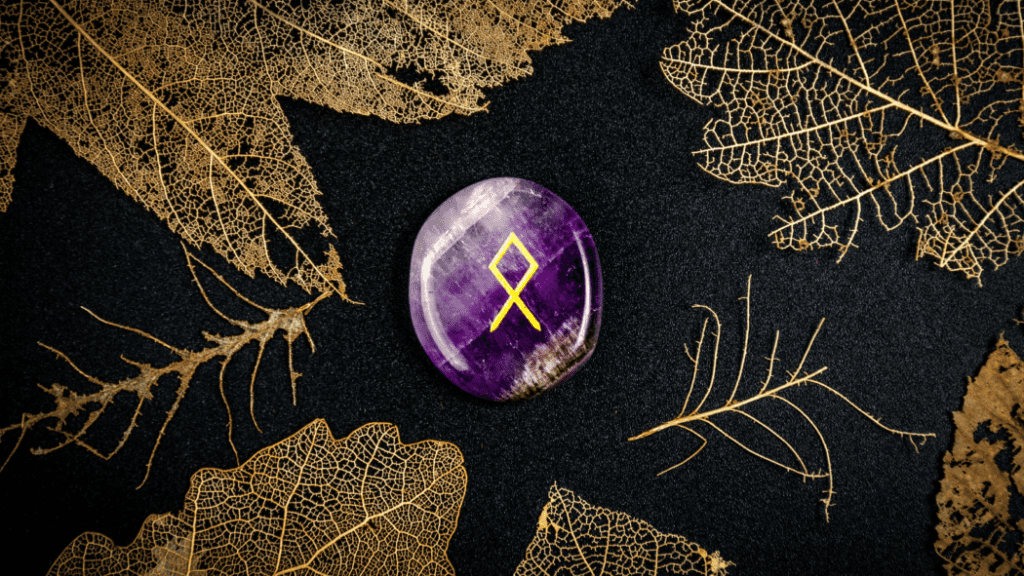
The Othala rune looks like a square with two diagonal lines connecting its opposite corners. It is also sometimes written as a square with a horizontal line at its base.
Family Protection Symbols for Land and Heritage
The word “Othala” means “homeland” or “inheritance” in Old Norse, the language of the Vikings. It refers to the land or property that is passed down from one generation to another within a family or clan. It also implies a sense of belonging, identity, and heritage.
The Othala rune symbolizes the protection and preservation of one’s family and clan. It represents the watchful and protective spirit that guards one’s home and loved ones from invaders or enemies. It also reflects the core values of loyalty, honor, and duty that define one’s relationship with one’s family and clan.
Othala Examples
Some examples of Othala runes are:
- The Othala Rune Stone: A stone monument that features an inscription in runic letters that reads “Othala is my inherited estate”. It is said to mark the boundary of a family’s land or property.
- The Othala Rune Pendant: A pendant that features an Othala rune carved on a metal or wood surface. It is said to provide protection and blessing to the wearer and their family.
- The Othala Rune Tattoo: A tattoo that features an Othala rune inked on one’s skin. It is said to express one’s pride and devotion to one’s family and clan.
The Valknut: A Triangular Representation of Family Unity
Another symbol for family protection in the Viking culture is the Valknut. The Valknut is a symbol that consists of three interlocking triangles that form a six-pointed star. It is also known as the knot of the slain or the heart of Hrungnir because of its association with Odin, the chief god of Norse mythology.
Family Protection Symbols Featuring Family Traits
The Valknut represents the interconnectedness and interdependence of three aspects or entities that form a whole. It can also symbolize strength, protection, and unity within a family or group.
One possible interpretation of the Valknut is that it represents the father, mother, and child within a family. The father represents authority, wisdom, and courage. The mother represents nurture, care, and love. The child represents innocence, potential, and joy.
The Valknut can offer protection to families by invoking the power and blessings of Odin. Odin is the god of war, death, wisdom, poetry, and magic. He is also the father of all gods and men. He protects those who honor him and his values.
Valknut Examples
Some examples of Valknuts are:
- The Stora Hammars I Stone: A stone carving that features a scene from Norse mythology where Odin slays a giant named Hrungnir with his spear Gungnir. A Valknut is depicted above Odin’s head.
- The Valknut Ring: A ring that features a Valknut design engraved on its surface. It is said to symbolize one’s loyalty and commitment to one’s family or partner.
- The Valknut Necklace: A necklace that features a Valknut pendant hanging from a chain or cord. It is said to represent one’s connection and bond with one’s family or friends.
Beyond Family Protection Symbols: Spiritual and Mystical Uses
Runes are not just symbols for writing or communication. They are also symbols for spiritual and mystical connections. The Vikings believed that runes held mystical knowledge and power that could be accessed and used by those who knew how to read and write them.
The Vikings used runes for various purposes, such as religious texts, personal records, magic spells, divination, and art. They carved runes on various materials, such as stones, wood, metal, bone, or leather. They also painted or tattooed runes on their skin, clothes, or weapons.
The Vikings believed that runes were connected to their ancestral spirits and the forces of nature. They believed that by using runes, they could communicate with their ancestors and the gods. They also believed that by using runes, they could influence their fate and destiny.
More Viking Rune Examples
Some examples of Viking runes are:
- The Rök Runestone: A stone monument that features the longest known runic inscription in the world. It contains various historical, mythological, and poetic references.
- The Jelling Stones: Two stone monuments that feature runic inscriptions that commemorate the achievements of King Harald Bluetooth and his parents. They are considered the birth certificates of Denmark.
- The Vegvisir: Often mistaken for a Viking symbol, this Icelandic magical stave is called a vegvsir, which means “wayfinder” or “way shower.” The runic symbol consists of eight rune staves arranged in a compass-like pattern. The emblem, also colloquially referred to as “The Viking Compass” or “The Nordic Compass,” is intended to keep the bearer from becoming lost. Additionally, it is believed to lead the bearer through bad weather and is said to be a signpost or a guide that helps one find their way in life.

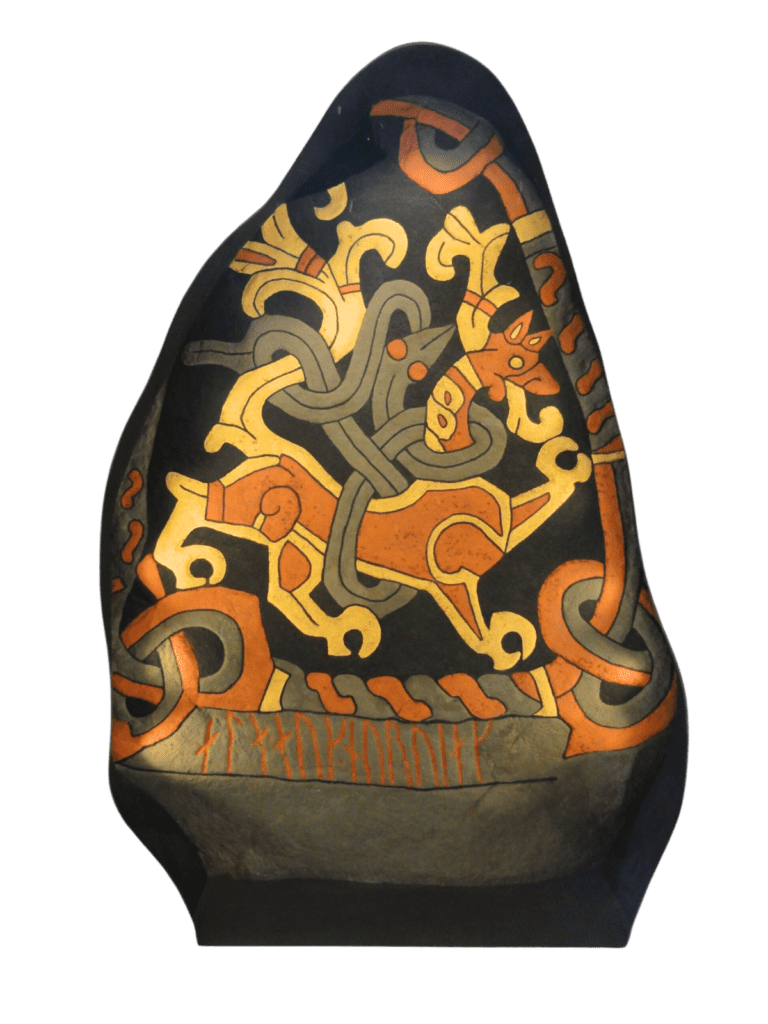
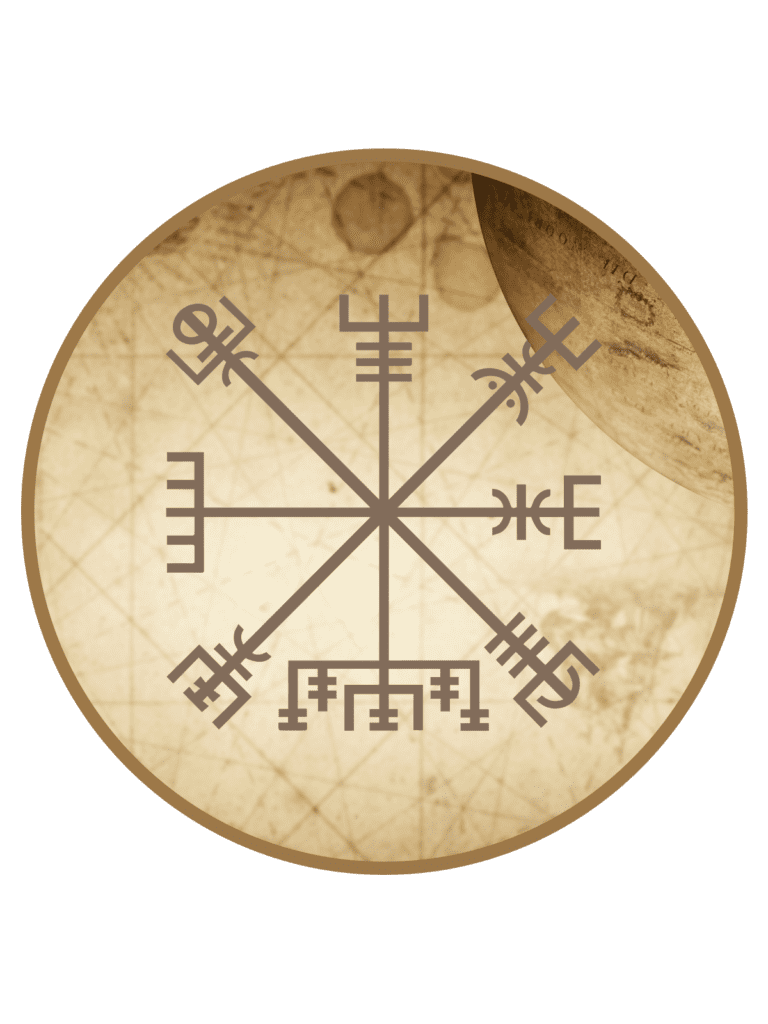
Viking Families and Clan Connections
Viking families were not just defined by their blood relations. They were also defined by their clan connections. A clan was a group of people who shared a common ancestor, name, culture, and way of life. They were often named after their founder or leader, such as the Ynglings, the Skjoldungs, or the Volsungs.
Clans were important for Viking families because they provided them with a sense of identity, belonging, and support. They also helped families to cooperate and collaborate with each other in various activities, such as farming, trading, raiding, or exploring.
Clans also had their own symbols and colors that represented their values and traditions. These symbols and colors were often displayed on their flags, banners, shields, or clothing. They were also used to mark their territories or possessions.
Clan Symbol Examples
Some examples of clan symbols and colors are:
- The Raven Banner: A flag that features a black raven on a white or red background. It was used by several Viking clans, such as the Hrafnsfjord clan or the Jarl Sigurd clan. It symbolized Odin’s presence and favor in battle.
- The Wolf’s Head: A symbol that features a wolf’s head facing sideways or frontally. It was used by several Viking clans, such as the Ulfhednar clan or the Vargr clan. It symbolized strength, courage, and loyalty.
- The Boar: A symbol that features a boar’s head or body. It was used by several Viking clans, such as the Ylfing clan or the Scylfing clan. It symbolized fertility, prosperity, and protection.
Symbols of Norse Culture: Understanding the Context
To understand the power and meaning of symbols for family protection in the Viking culture, it is important to understand the context and background of the Norse culture. The Norse culture was the culture of the people who lived in Scandinavia and other parts of Europe from the 8th to the 11th centuries. They were also known as the Norsemen, the Northmen, or the Vikings.
The Norse culture was influenced by various factors, such as geography, climate, religion, politics, and trade. The people lived in harsh and diverse environments, such as mountains, forests, islands, or coasts. They adapted to these environments by developing skills and technologies that enabled them to survive and thrive.
The Norse people also had a complex and rich religion that involved various gods, goddesses, spirits, and creatures. They believed in a cosmology that consisted of nine realms connected by a giant tree called Yggdrasil. They also believed in a destiny that was determined by fate and influenced by magic.
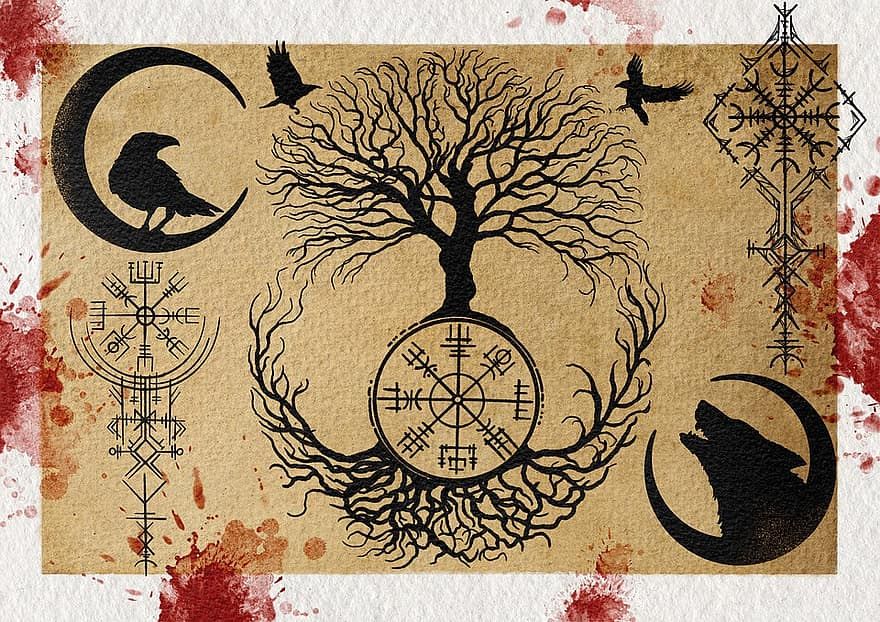
The Norse people also had a dynamic and diverse society that involved various roles and statuses, such as kings, jarls, karls, thralls, or skalds. They also had a system of laws and customs that governed their interactions and behaviors. They also had a tradition of art and literature that expressed their values and stories.
The Norse culture was not static or homogeneous. It was constantly changing and evolving due to internal and external factors. It was also influenced by other cultures that they encountered or interacted with through trade, war, or exploration.
The Helm of Awe: Protection and Empowerment
One of the most iconic protective symbols in the Viking culture is the Helm of Awe. The Helm of Awe is a symbol that consists of eight rune staves that radiate from a central point. It is also known as the Aegishjalmur, which means “the helm of terror” or “the helm of awe” in Old Norse.
The Helm of Awe was used as a defense against evil forces and harm during battles. It was said to create an aura of fear and dread around the wearer that would deter or repel enemies. It was also said to enhance the courage and confidence of the wearer that would enable them to overcome challenges.
The Helm of Awe required intense focus and concentration to invoke its power. It was not enough to simply wear or display it. One had to visualize it in one’s mind or recite its name or mantra to activate it.
Helm of Awe Examples
Some examples of Helm of Awe are:
- The Helm of Awe Pendant: A pendant that features a Helm of Awe design carved on a metal or wood surface. It is said to provide protection and empowerment to the wearer.
- The Helm of Awe Tattoo: A tattoo that features a Helm of Awe design inked on one’s skin. It is said to express one’s bravery and determination.
- The Helm of Awe Drawing: A drawing that features a Helm of Awe design drawn on a paper or cloth surface. It is said to create a protective shield around one’s space or belongings.
Triquetra: Fertility and Defiance
Another symbol for family protection in the Viking culture is the triquetra. The triquetra is a symbol that consists of three interlocking circles that form a triangular shape. It is also known as the trinity knot or the Celtic knot because of its connection to Celtic culture and art.
The triquetra is a controversial symbol because it is not clear whether it was originally a Viking symbol or a Celtic symbol. Some scholars argue that it was a Viking symbol that was adopted by the Celts, while others argue that it was a Celtic symbol that was adopted by the Vikings.
The triquetra can represent different things, depending on the context and interpretation. One possible interpretation is that it represents fertility and life. The interlocking circles can symbolize the female reproductive organs or the phases of the moon. They can also symbolize the cycle of life, death, and rebirth.
Another possible interpretation is that it represents defiance and rebellion. The triquetra can be seen as a sign of resistance or opposition to the Christian cross, which was imposed on the Norse people by the missionaries and rulers. The triquetra can also be seen as a sign of pride and loyalty to one’s ancestral culture and religion.
Triquetras Examples
Some examples of triquetras are:
- The Triquetra Ring: A ring that features a triquetra design engraved on its surface. It is said to symbolize one’s fertility and vitality.
- The Triquetra Necklace: A necklace that features a triquetra pendant hanging from a chain or cord. It is said to represent one’s defiance and independence.
- The Triquetra Bracelet: A bracelet that features a triquetra design woven from leather or metal. It is said to express one’s pride and identity.
The Valhalla Symbol: Odin’s Realm and Afterlife
One of the most revered symbols in the Viking culture is the Valhalla symbol. The Valhalla symbol is a symbol that consists of two horns that form a V shape. It is also known as the Gungnir symbol because it represents Gungnir, the spear of Odin, the chief god of Norse mythology.
The Valhalla symbol is associated with Valhalla, the hall of Odin where the souls of fallen warriors are welcomed and honored. Valhalla is the ultimate destination and reward for those who die bravely in battle. Valhalla is also the place where the warriors prepare for the final battle of Ragnarok, the end of the world.
The Valhalla symbol represents strength, power, and triumph. It signifies one’s courage and honor in facing death and danger. It also signifies one’s hope and faith in joining Odin and his army in the afterlife.
Some examples of Valhalla symbols are:
- The Valhalla Pendant: A pendant that features a Valhalla symbol carved on a metal or wood surface. It is said to honor and commemorate one’s ancestors or loved ones who died in battle.
- The Valhalla Tattoo: A tattoo that features a Valhalla symbol inked on one’s skin. It shows one’s readiness and willingness to fight and die for one’s family or clan.
- The Valhalla Flag: A flag that features a Valhalla symbol printed on a fabric or cloth surface. This symbol is said to inspire and motivate one’s family or clan to face their enemies or challenges.
Embracing Family Protection Symbols
Symbols are powerful tools that can protect your family in various ways. They can ward off negative energies and entities, enhance positive emotions and experiences, and inspire you to achieve your goals and dreams.
However, symbols are not just fixed or static objects that you passively observe or use. They are dynamic and interactive entities that you actively create and engage with. They are expressions of your creativity and individuality.
We hope this article has unveiled the power and versatility of symbols for family protection from the Viking culture. Explore and connect with symbols that resonate with you and your family. We wish you all the best in your symbolic journey! 😊
For more about using symbols to express your feelings about family, check out Family Symbols with Powerful Meanings from Across the Globe.
As an Amazon Associate we earn from qualifying purchases.
